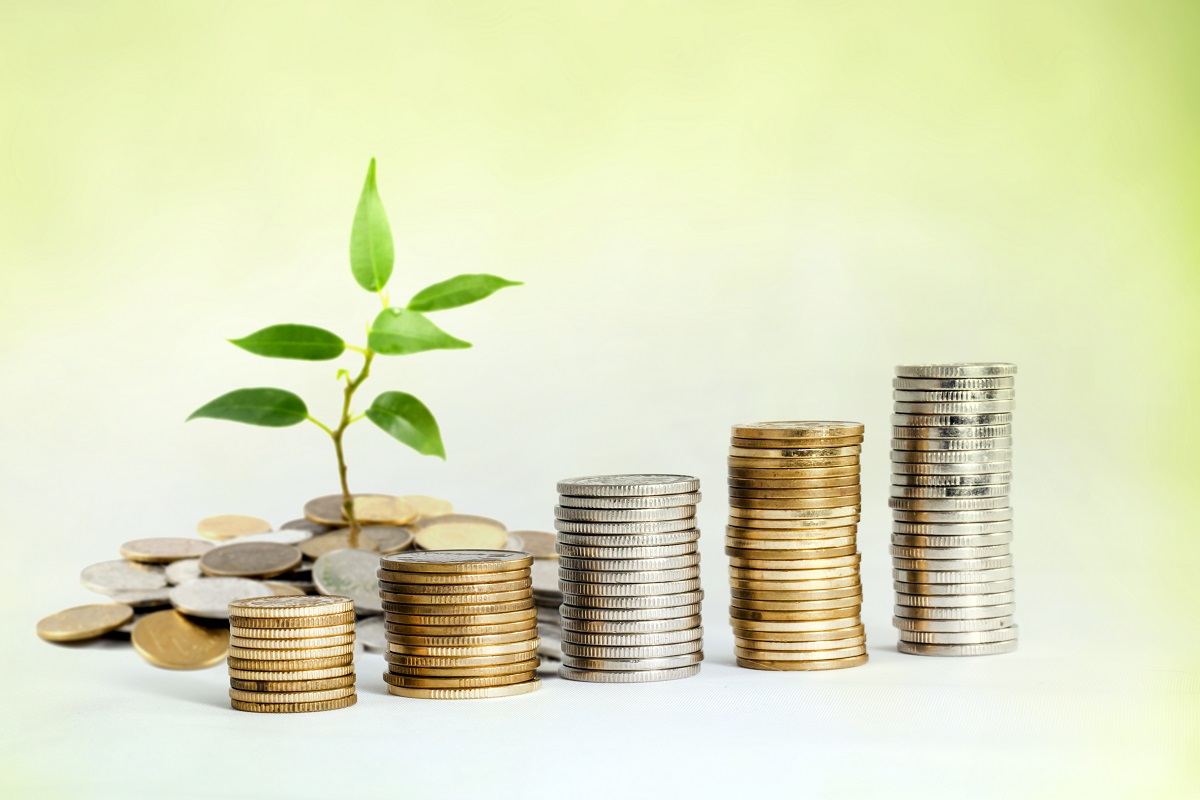A triumph in sustainable tourism

Sustainable tourism is achieved when there is a balance between the interest of the economic stakeholders, the local community, cultural monuments, and the environment. One should never prosper at the expense of the other.
As summer approaches and with COVID-19 restrictions relaxed, we anticipate a spike in local and foreign tourism. The temptation to prioritize the economic interest of tourism-related businesses is strong given the need to recoup the losses accrued during the lockdown. But we must resist. It is incumbent upon the local government units (LGUs) to ensure that the environment and our cultural sites are not overrun by tourists. It is the LGU’s responsibility to ensure that the economic benefits of tourism trickle down to the local community.
We often hear about environmental disasters brought about by tourism. We are all too familiar with the garbage problem of Baguio, the sewage problem of Boracay, and the traffic problem of Cebu. Rarely do we hear success stories.
Last week, I was privileged to witness a triumph in sustainable tourism in the province of Camiguin. There is a wealth of lessons we can learn from the Camiguin model.
Camiguin is an island province in the northern tip of Mindanao. It is the country’s second smallest province in terms of size, following Batanes. With a population of 92,000, Camiguin is among the least populated provinces in the country, with only 390 people per square kilometer (for context, Metro Manila has a density of 21,000 per square kilometer). Urbanization has not tainted the island as its economy remains largely driven by agriculture and tourism.
As a tourism product, Camiguin is a quadruple threat. It is an island surrounded by the Bohol Sea which has endowed it with spectacular beaches of varying colors of sand. It is the ideal place for snorkeling, what with its sanctuary of giant clams and an underwater cemetery. Within the island are 11 mountains, the highest of which is the scenic Mount Mambajao. The daily deluge of fog in the mountaintops is thicker than what you will find on a chilly December day in Baguio. There are seven volcanoes in the province, and one of them, Mount Hibok Hibok, remains active. It last erupted in 1953, spreading nutritious fertilizer across the island in the form of lava and lahar. As a result, the entire island is lush with flora and fauna. It is as thick as what I have seen in Costa Rica (where the movie Jurassic Park was filmed). The island boasts of natural wonders like 70-meter waterfalls alongside historical sites like 17th century church ruins. As far as eco-tourism goes, Camiguin is a diamond product.
Sustainability starts and ends with leadership. Governor Jurdin Jesus (JJ) Romualdo may be the most jovial person on the island, but make no mistake, this public servant of 35 years is adamant about maintaining a balance between economic interests and environmental protection. Camiguin will be model eco-tourism destination for the country, he declared, and our policies are geared towards achieving that equilibrium.
Sustainability begins with infrastructure. Even before the tourism boom of 2015, Camiguin had already invested in its roads and a sewage system. A wide circumferential road links the major barangays of the island with an equally wide network of secondary roads that take you to the interior. All roads are beautifully paved, including those that lead to the mountain tops. Landslide barriers are replete along steep mountainsides.
Torrential rains hit the island during our visit but there was no flooding whatsoever. Still, the province is already upgrading its sewage system in anticipation of greater demand.
In terms of electric power, the province consumes approximately six megawatts of electricity, all of which are derived from diesel and coal sources. That will soon change as five megawatts of solar power is already under development. When completed, the province will derive 40% of its power through renewable sources and allow it to operate on a power surplus. At present, rotational brownouts are still common. Within the next five years, however, the local government plans to develop more renewable power plants so it can export excess power to mainland Mindanao.
As for water, Camiguin’s main sources are springs and groundwater tapped through shallow and deep wells. There are five major river channels that provide irrigation for the agricultural sector. Camiguin Water Company, a subsidiary of Mizu Resources, Inc., handles the water distribution of the island. Last year, it invested P400 million to fill the 21 liter per day gap in water distribution. When completed, water service will be available in practically all parts of the island, which will be sufficient for the next 25 years.
Governor Romualdo is a benevolent disciplinarian, especially when it comes to cleanliness. The local government imposes stiff fines for littering which is why the entire province is as clean as Singapore (no exaggeration!). Eating is prohibited on beaches where waste processing facilities are absent. The governor is an advocate of sustainable waste incineration and recycling as they do in Japan.
Camiguin will not go the way of other tourist destinations where retail is dominated by Manila-based chains. The governor reserves the retail trade for the locals so they can be the first to benefit. Even now, the island boasts of exceptional shops and restaurants owned by locals and/or adopted residents, the latter mostly composed of retired foreigners. Exceptionally good are Mason Peninsular Spanish restaurant, La Dolce Vida Restaurante Italiano, and Pedro’s Filipino restaurant.
Aesthetically, the island will always keep its rustic character. The governor prohibits buildings that are above five stories high and those that fail to conform with strict environmental guidelines.
Camiguin is a triumph in sustainable tourism even with its one million pre-pandemic visitor arrivals. It just shows that economic interest and environmental protection can co-exist in harmony.
Andrew J. Masigan is an economist
Facebook@AndrewJ. Masigan
Twitter @aj_masigan




